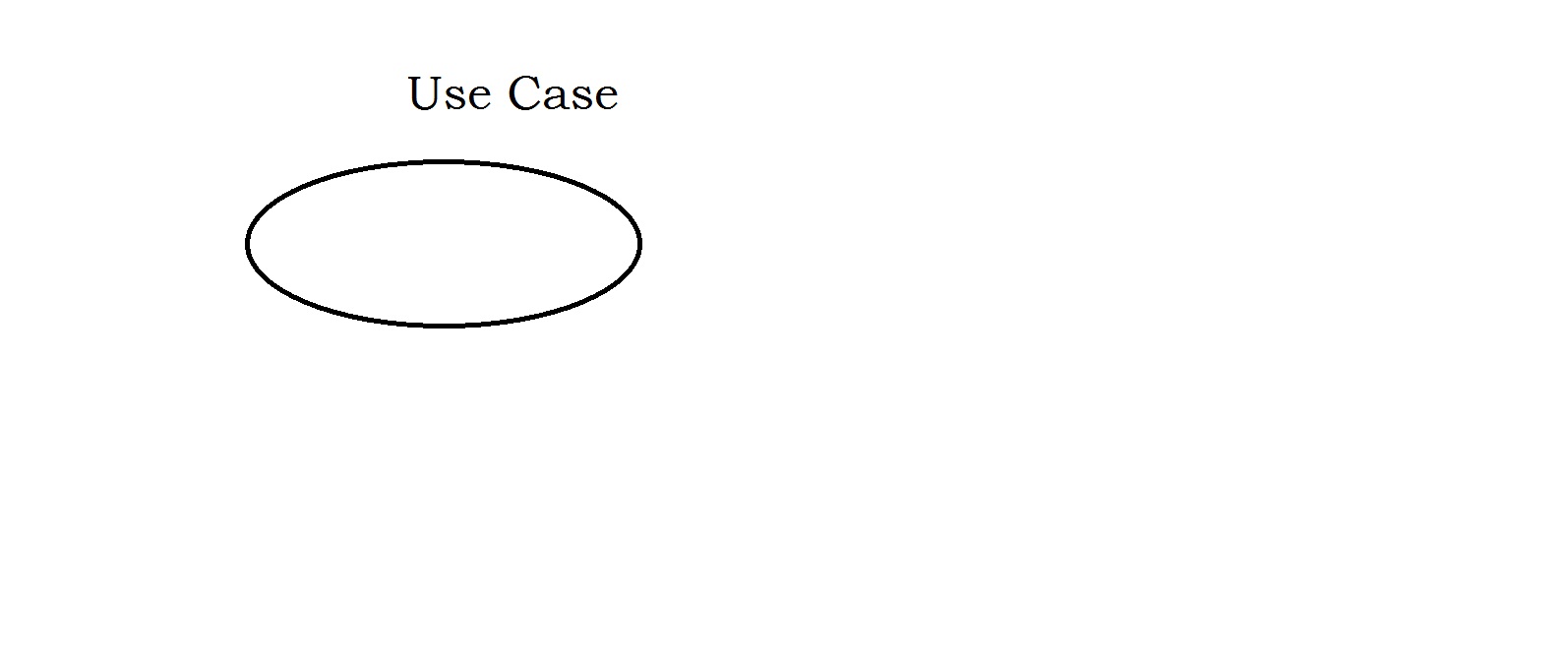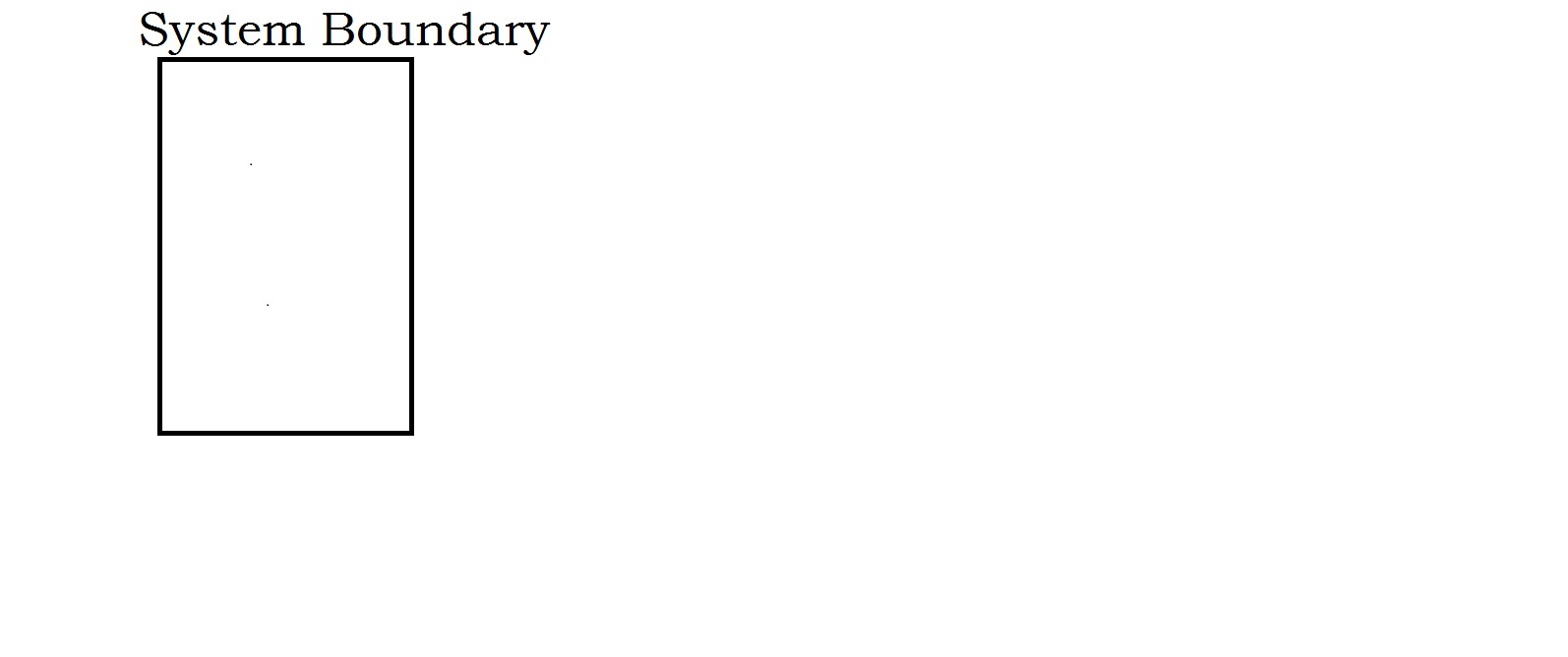How to draw Use Case diagram
Business Analysis – Use Case Diagram
UseCase diagrams plays very important role, these diagrams help to understand the relationship between user to user and user to system. Like what is the relationship with the user and what are the actions done by the User and how user wants to interact with the system.
The focus of this diagram will be on “how external interfaces” (End users, Support systems, Database and internet connectivity to third party) will be interacting with the Proposed IT System.
Use Case Diagram contains below:
- Use Case will be as below:
2. Actor:
3. Use Case System Boundary.
4. Lines to match the Activity with the user:
Relationships between Actors and Use-Cases
Use-cases could be organized using following relationships −
- Generalization
- Association
- Extend
- Include
Where and Why Use Case Diagrams can be used:
- Describe the functionality of a System
- Describe the user Actions
- Use case diagrams represents only positive flow.
- Should not use for alternate flow, like if any error happens what to be done.
- To describe how user interacts with the system.
- To describe how external interfaces, interact with the proposed system.
- Actor and use case play important role.
- Lines represent the relationship between Actor and Use Case (Oval Shape).
Information which we should not use in use case diagrams.
- Technology Names (Java, .Net Mainframes)
- Brand Names ( Lenovo, Sony etc..)
- Data Base Names (SQL, MySQL, Oracle etc..)
- Networks (LAN, WAN etc.,)
- Architectures (2 Tier, 3 Tier etc..)
- Name of the systems (Laptop/ Desktop)
Actor :
- Actor stay away from the system boundary.
- Primary actor initiates the system to work.
- System depends on secondary actor for information.
- Reusable actors will be placed right side of the system boundary.
How to draw Use Case diagram
- Write all sequence of Actions.
- Differentiate information against Actions.
- Try to find out which actor is performing which action.
- Try to find out some modules with respect to functionality or usage.
- Try to draw the relationships between the identified Actors and use Cases
Once completes the Use case diagram then we will prepare use Case Specification Document. This is also called as Use Case description Document. This document helps to provide the clear picture of the Use Case Diagram.
UseCase Specification document contains below.
- Name of the Use Case
- Description of the Use Case
- Actors
- Primary
- Secondary
- Basic flow
- Pre-Conditions
- Post conditions
- Assumptions
- Dependencies
- Constraints
- Input and output
- Miscellaneous information.
- Alternate Flow.
We can’t tell which use case diagram is correct and which use case diagram is wrong. It depends on the project and stakeholders.
How to Derive Test cases.
- UseCase Diagram
- UseCase Description Document
- UseCase specification document will have, Basic flow, Alternate flow and description of the use cases.
- We can identify the scenarios from these flows.
- Try to identify 3 to 5 valid test data from each scenario.
- Then try to write the test cases from the gathered test data and scenarios.
To Know more about UML Diagrams.

Business Analyst , Functional Consultant, Provide Training on Business Analysis and SDLC Methodologies.




